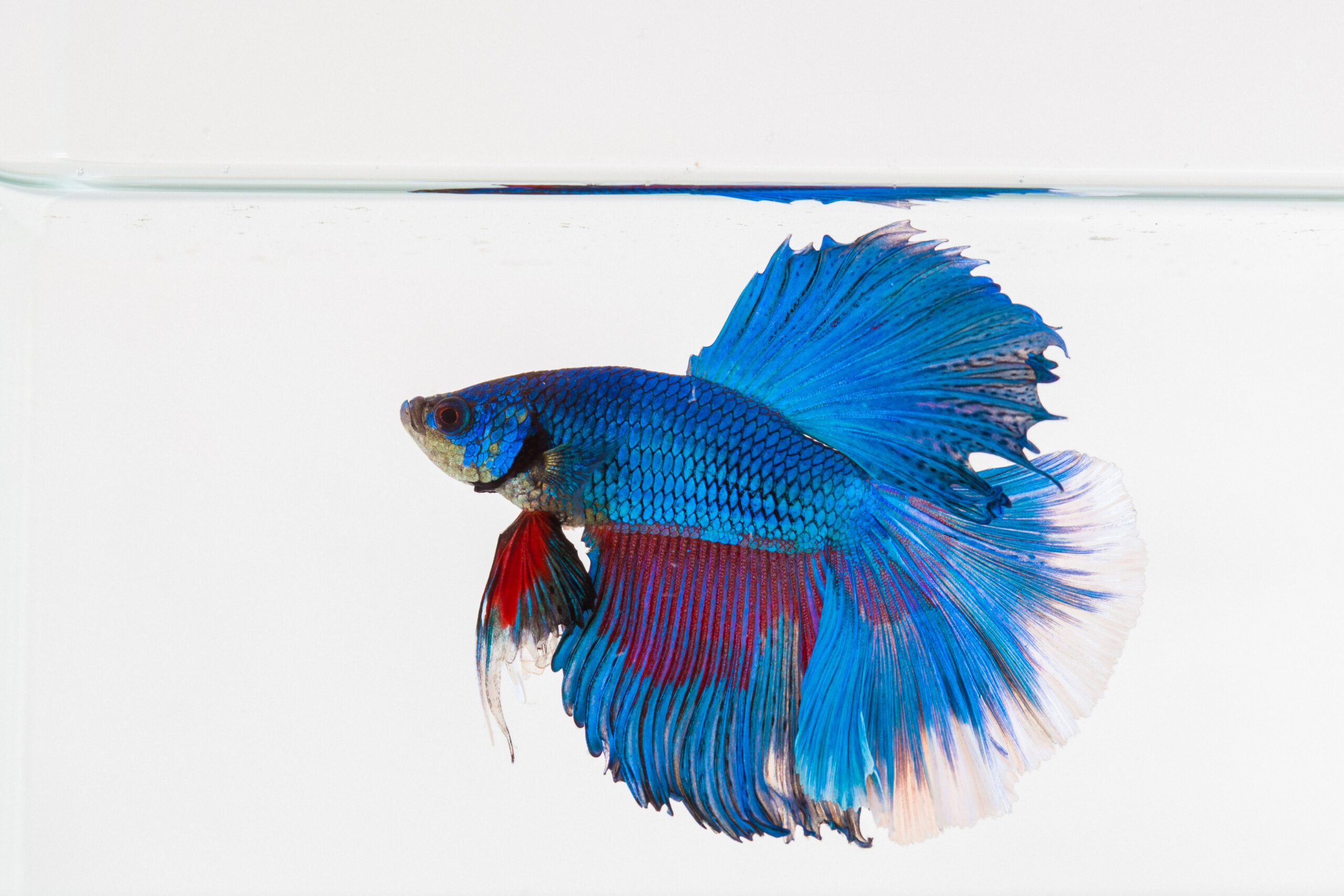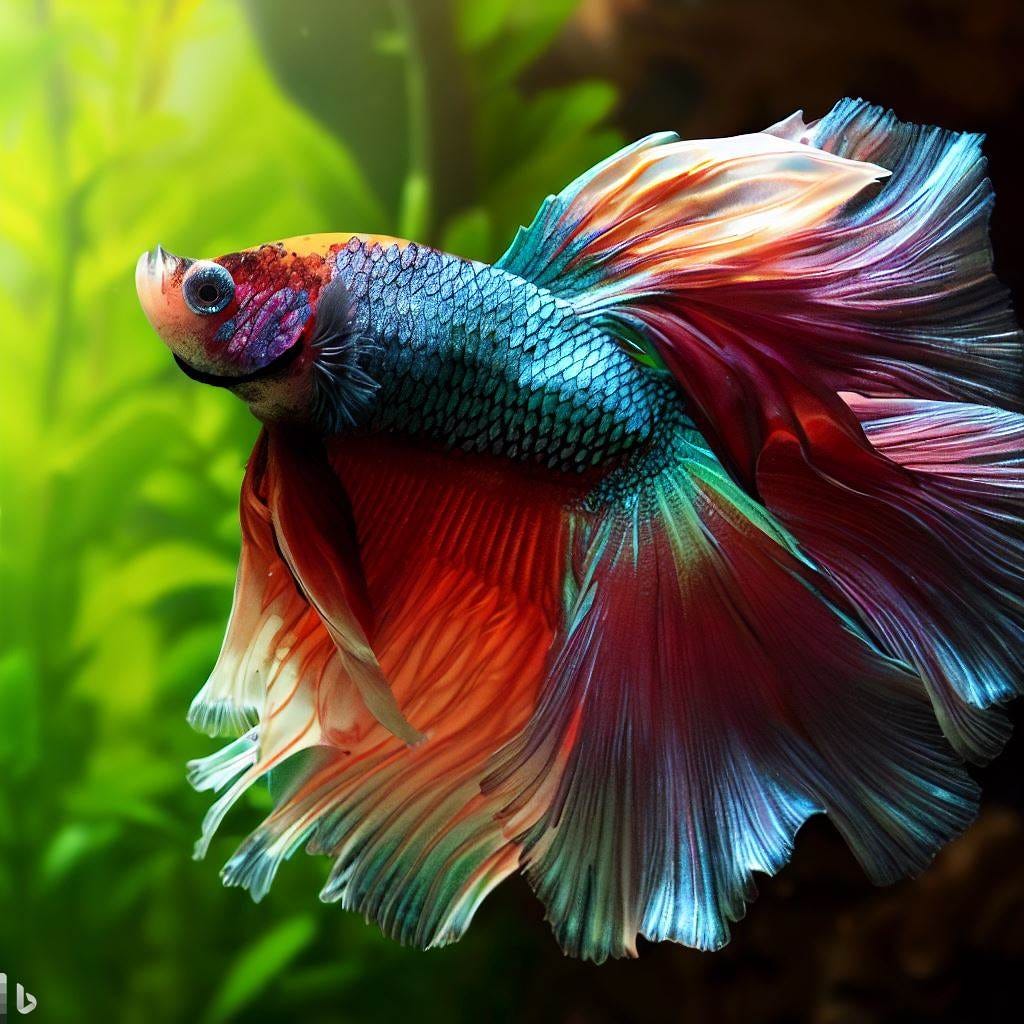Breeding Betta Fish: a Comprehensive Step-By-Step Guide to Efficiently Raising Baby Bettas From Eggs to Their Adult Years
Breeding Betta fish is a precise endeavor that needs mindful planning and implementation to make certain the successful growth of fry from eggs to grow fish. As the male Betta faithfully constructs a bubble nest and guards the precious eggs, the subsequent stages of treatment and transition demand focus to detail and understanding of best methods.
:strip_icc()/how-long-do-bettas-live-1380782-hero-813aa5d34bab48cdb333edfe02471dad.jpg)
Selecting Breeding Pairs
When starting the journey of breeding Betta fish, selecting the best breeding sets is important to achieving desirable characteristics and a healthy and balanced family tree - betta fish. The initial action in this procedure is to recognize the certain traits you want to enhance or maintain, such as shade, fin kind, and physique. It is vital to select genetically diverse pairs to stay clear of inbreeding, which can lead to health concerns and unfavorable characteristics
Examine potential reproducing candidates carefully. A healthy and balanced male Betta should show dynamic shades, an active attitude, and well-formed fins, while the lady must also present dynamic pigmentation and a rounded tummy, indicating preparedness for spawning. Observing the temperament of both fish is vital, as hostile or extremely timid people might not reproduce efficiently.
Paperwork of lineage is equally essential. Keeping records of the parent fish's ancestry can aid you track hereditary attributes and potential concerns. In addition, get in touch with trusted dog breeders or on the internet resources for guidance on picking suitable pairs. Inevitably, spending time in the selection process will significantly boost the likelihood of producing strong, vibrant children that satisfy your reproduction objectives (betta fish).

Preparing the Breeding Storage Tank
Developing an optimum reproduction atmosphere is a crucial action after picking appropriate sets for Betta fish. The reproduction container must be particularly designed to give convenience and stimulate the all-natural breeding actions of the fish. Begin with a tank dimension of a minimum of 10 gallons to guarantee ample room for both the male and women Bettas.
Maintain a gentle filtering system to keep the water tidy while staying clear of strong currents that can worry the fish. Additionally, an air rock can be added to supply oxygenation without disrupting the water surface area too a lot.
Temperature guideline is vital; objective for a secure variety of 78-82 ° F(25-28 ° C) making use of a reliable heating system. The pH level must be maintained in between 6.5 and 7.5, and regular water adjustments are needed to guarantee high water quality.
Include drifting plants or generating sponges to create concealing areas for the woman, while additionally encouraging bubble nest structure by the male - betta fish. Lastly, make certain the storage tank is without sharp decors and any kind of possible risks, as the welfare of the fish need to constantly be prioritized throughout this crucial stage of reproduction.
The Reproduction Refine
Generally, the breeding procedure for Betta fish involves a series of distinctive and observable habits that show readiness for recreation. The male Betta begins by constructing a bubble nest at the water's surface, which works as a website for the fed this content eggs. This nest is essential, more info here as it offers a risk-free setting for the eggs until they hatch.
Once the nest is established, the man will certainly present courtship actions, such as flaring his fins and displaying lively colors to bring in the lady. The lady, upon sensing the male's readiness, will react by showing vertical stripes along her body, signaling her receptiveness.
When the women techniques, the male takes part in a mating dance, typically resulting in an embrace called the "spawning." Throughout this welcome, the woman launches her eggs, which the male feeds immediately. The fed eggs after that are up to the bubble nest, where the male carefully accumulates and returns them to the nest. Following this, the male thinks obligation for securing the nest and guaranteeing the safety of the eggs till they hatch, generally within 24-36 hours. This phase is essential in the breeding procedure, laying the structure for successful fry growth.
Caring for Betta Fry
Caring for Betta fry needs mindful attention to their atmosphere and nutrition to guarantee healthy and balanced development and development. After hatching out, Betta fry are incredibly tiny and prone, necessitating a steady and tidy habitat.
Feeding Betta fry is equally vital. Initially, they must be supplied infusoria or carefully smashed premium fry food, as their mouths are also tiny to handle larger fragments. As they grow, you can slowly present bigger foods, such as infant salt water shrimp or powdered flakes, to guarantee they obtain sufficient nourishment. Feed them little quantities numerous times a day, being mindful not to overfeed, which can cause water quality issues.
Transitioning to Adult Bettas
As Betta fry mature, transitioning them to grown-up Bettas is a crucial phase that requires mindful monitoring of their setting and social communications. This process usually begins when the fry reach around six weeks old, at which factor they can be slowly presented to a much more structured living environment.
To promote Read Full Report this shift, it is vital to make certain that the water specifications-- such as temperature, pH, and ammonia degrees-- are optimal and secure. Adult Betta fish thrive in cozy water (around 78-80 ° F) with a pH of 6.5 to 7.5. Gradually accommodate the fry to these problems to minimize stress and anxiety.
Social interactions are another crucial element; man Bettas are notoriously territorial and hostile. As a result, it is recommended to separate men into specific storage tanks as they mature. Women Bettas can be housed together, but care should be required to keep track of for signs of hostility.
Additionally, dietary changes must be made as the fry expand. Incorporate top quality pellets and live foods to support their development and wellness. By taking care of these aspects properly, you can advertise an effective shift to their adult years for your Betta fish.

Verdict
Effective reproduction of Betta fish needs mindful interest to information throughout the whole process, from selecting genetically varied sets to providing optimum look after fry. By ensuring suitable reproduction problems and keeping water high quality, the likelihood of healthy and balanced spawn raises considerably. Furthermore, a well balanced diet plan and steady adaptation to adult settings are important for the development and development of Betta fish. Adhering to these steps diligently promotes a growing populace of Betta fish, enhancing both their wellness and vigor.
Comments on “Betta Fish Treatment: Vital Tips for a Healthy And Balanced and Delighted Pet”